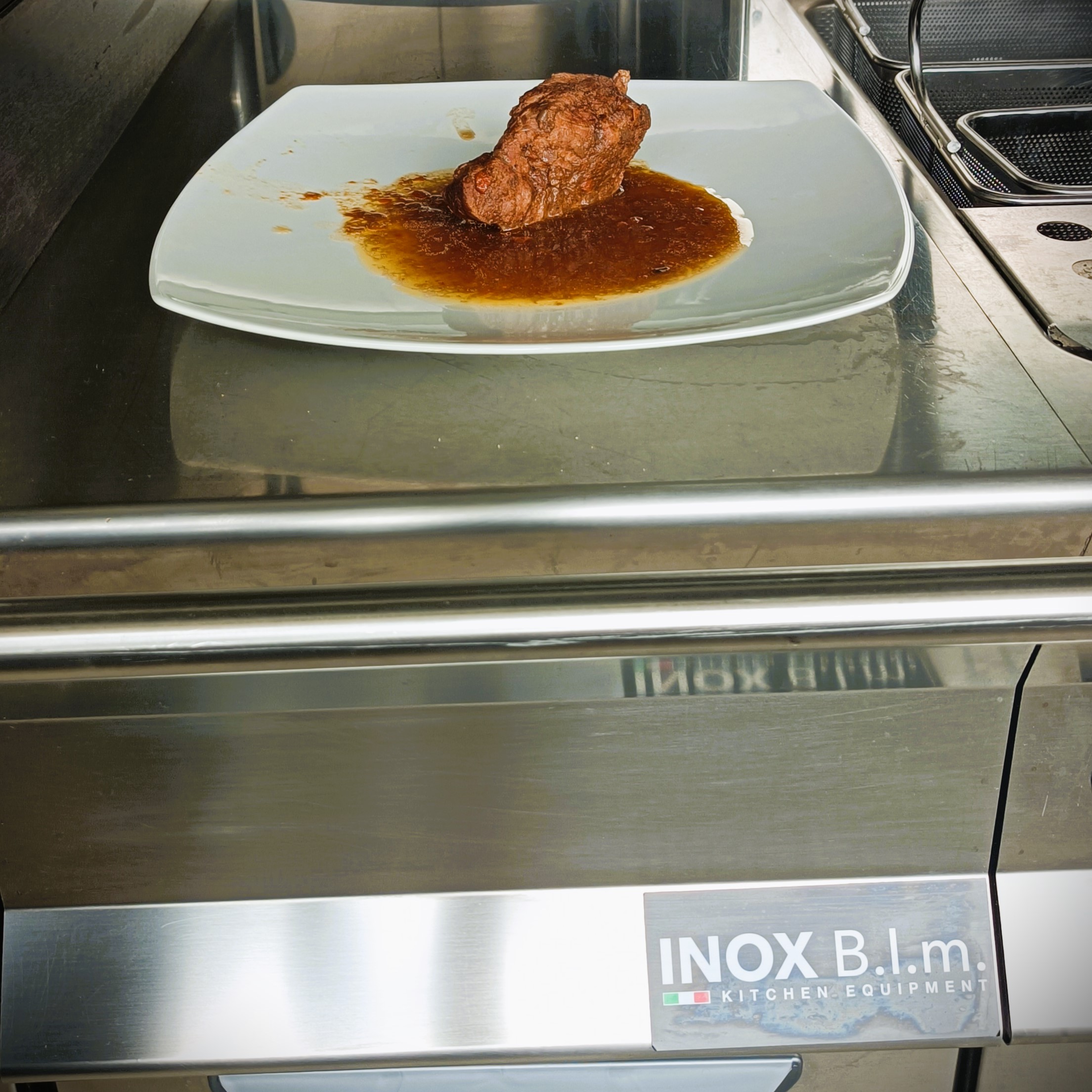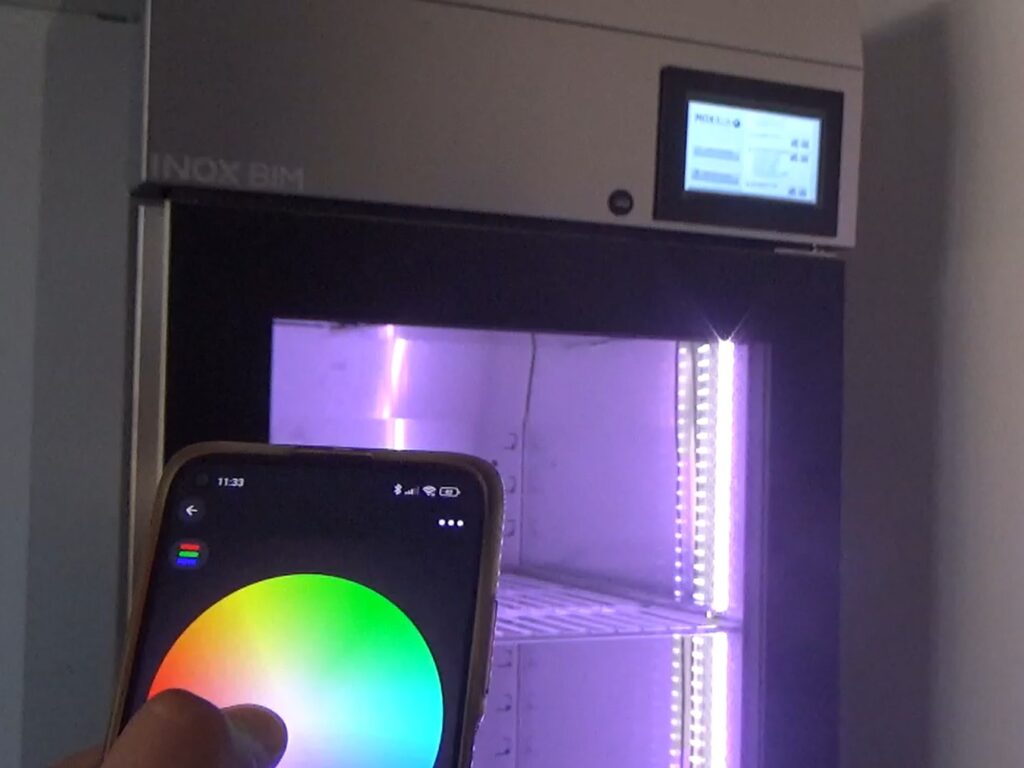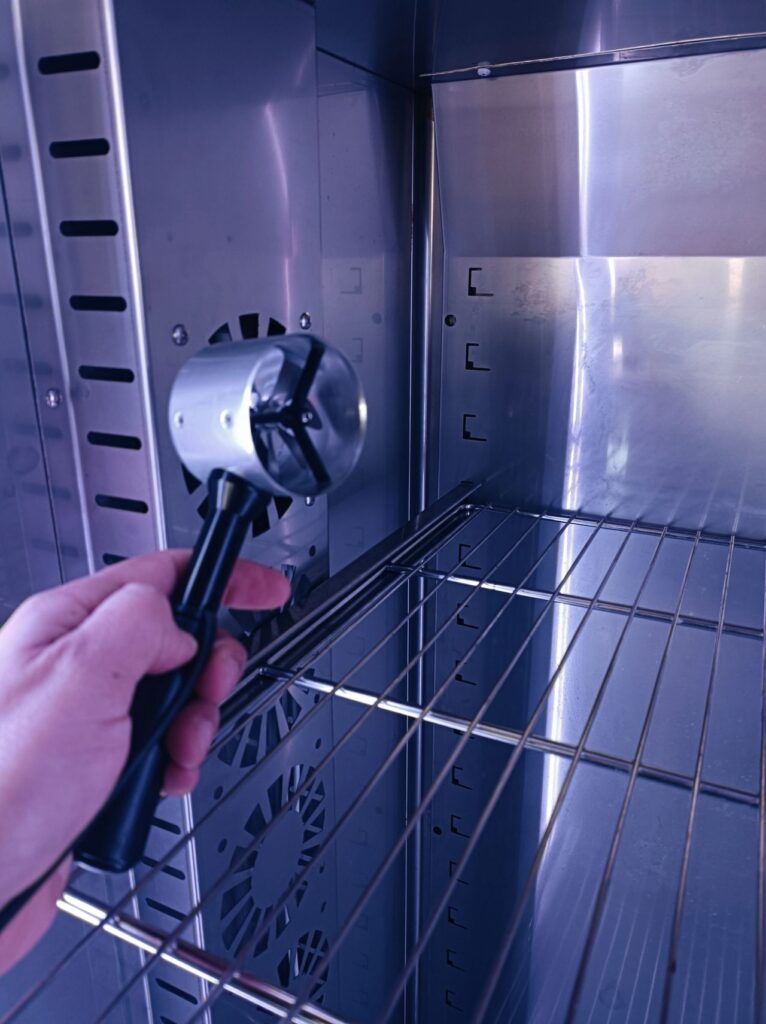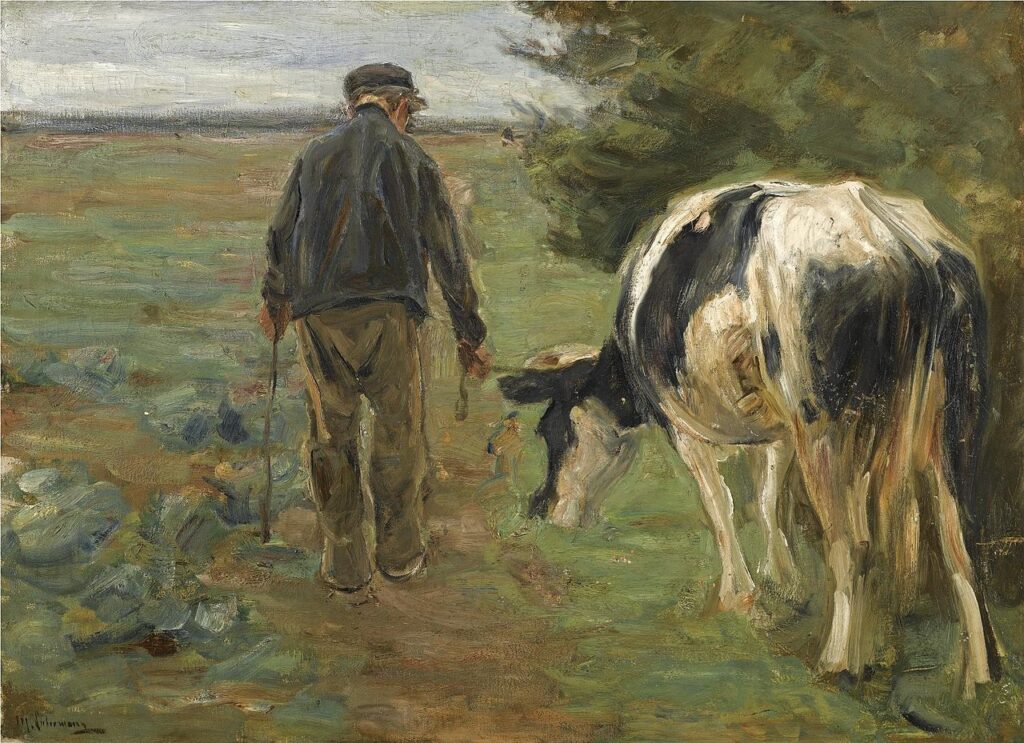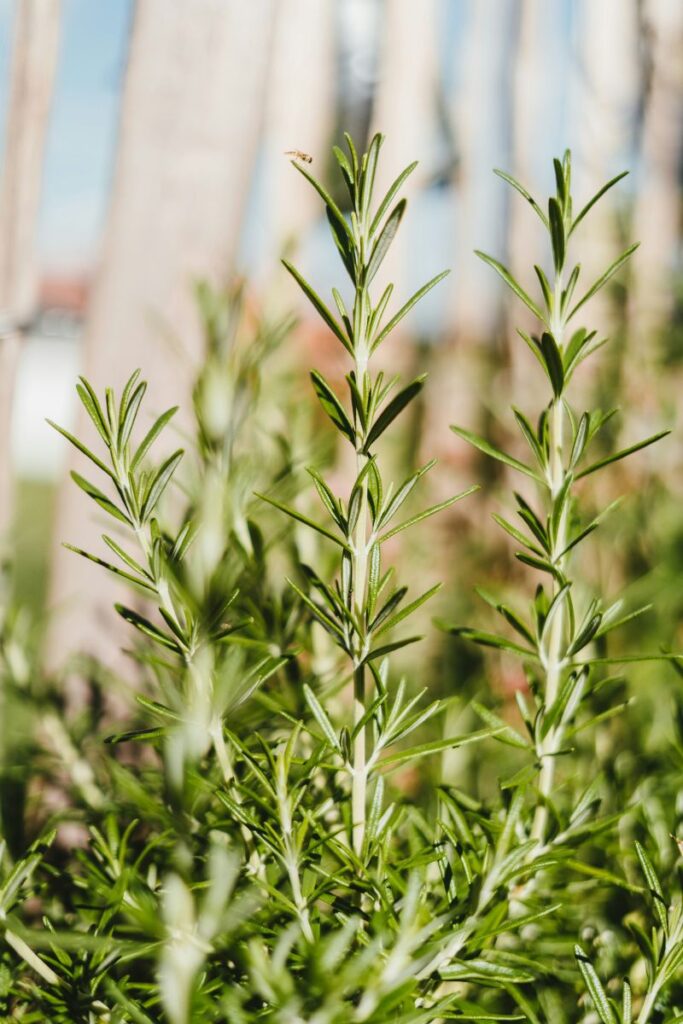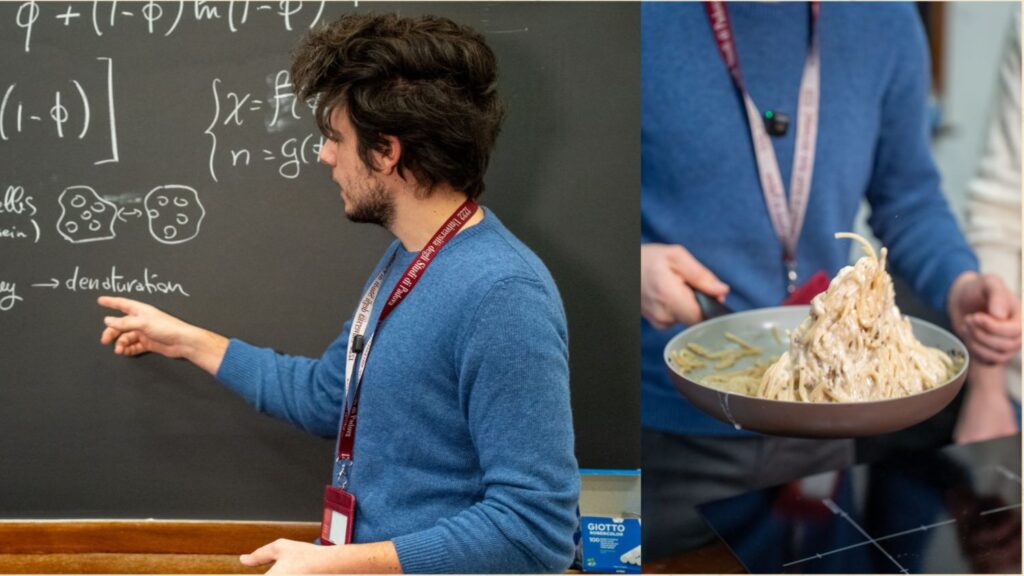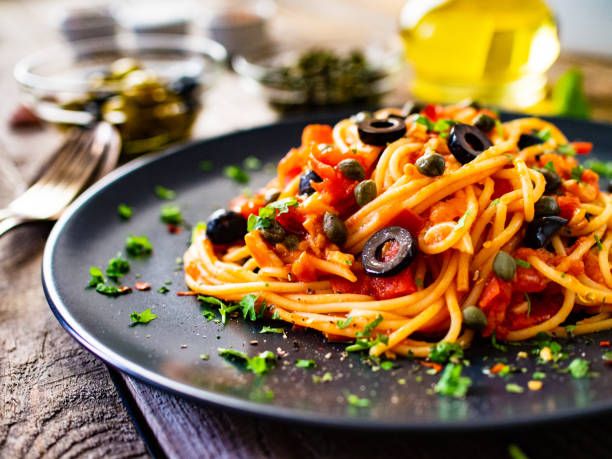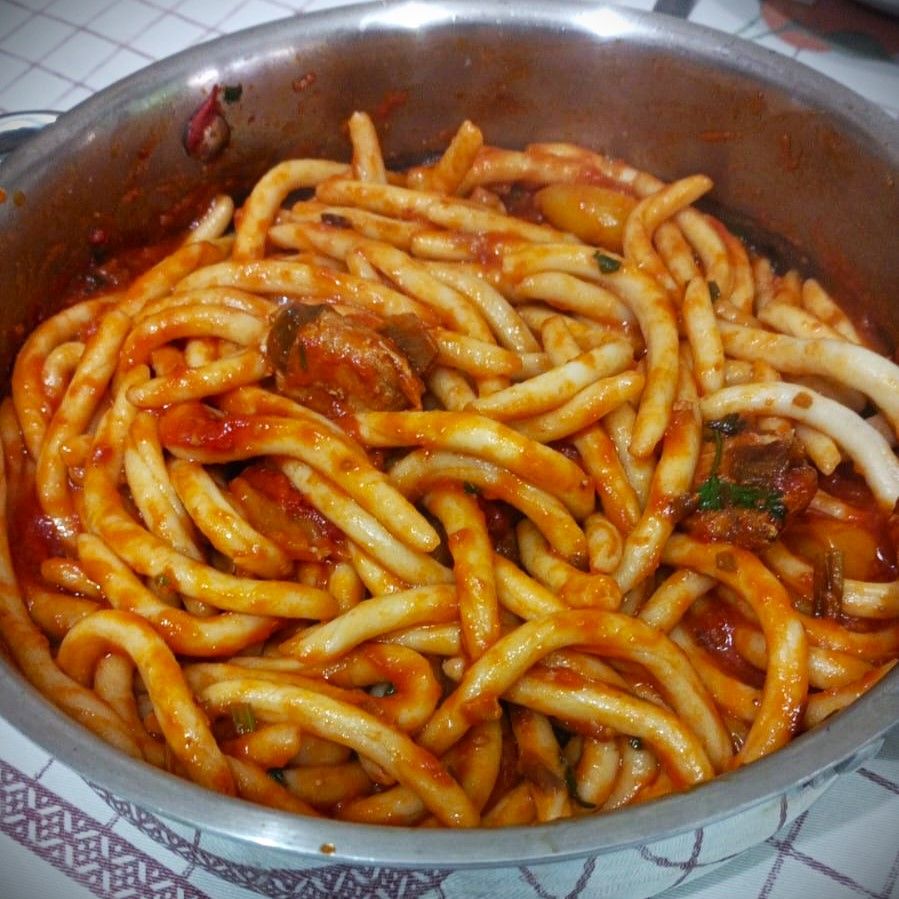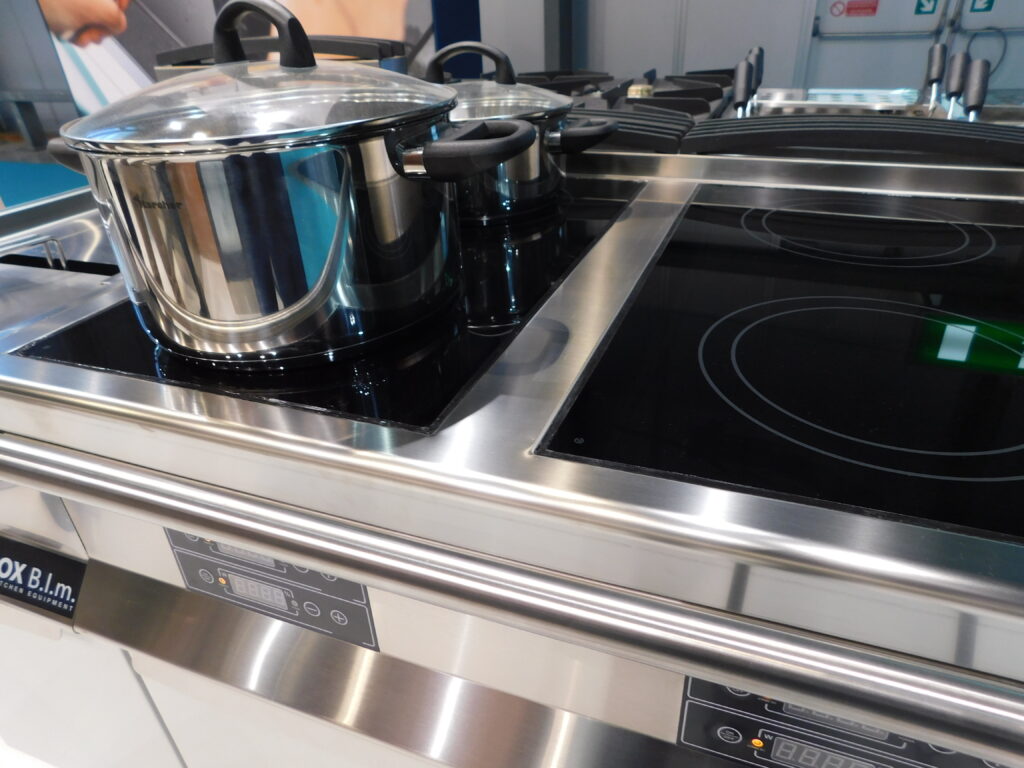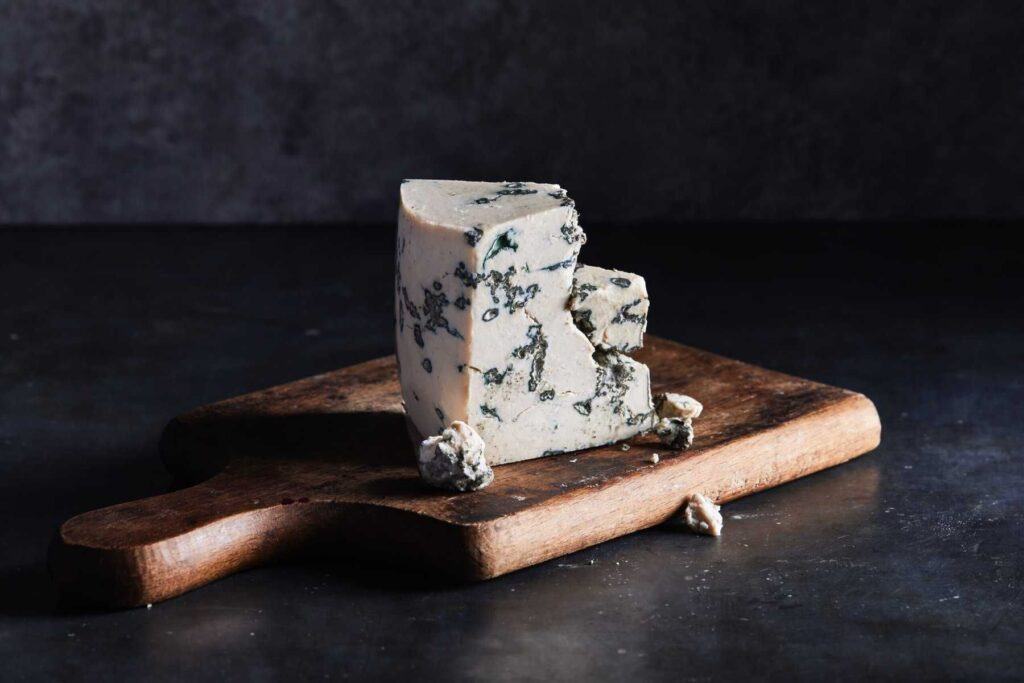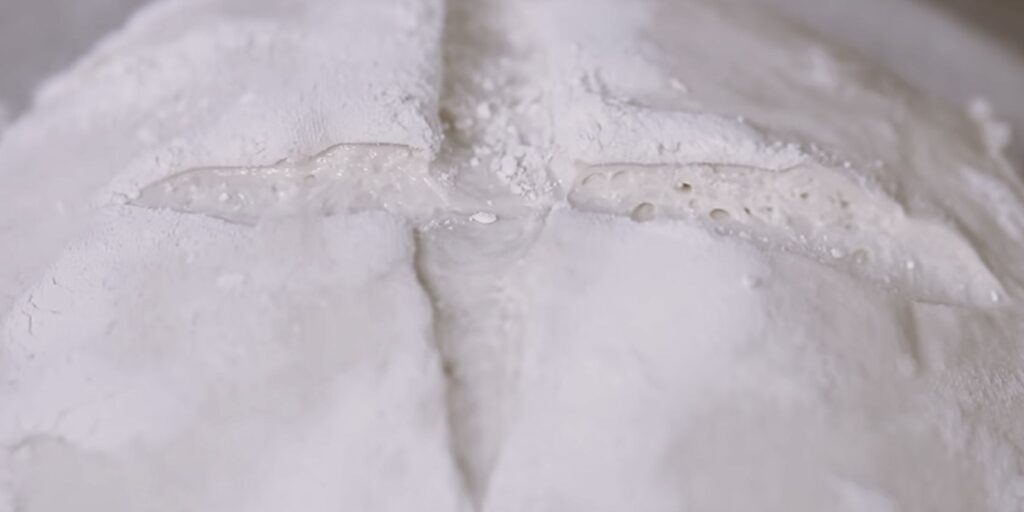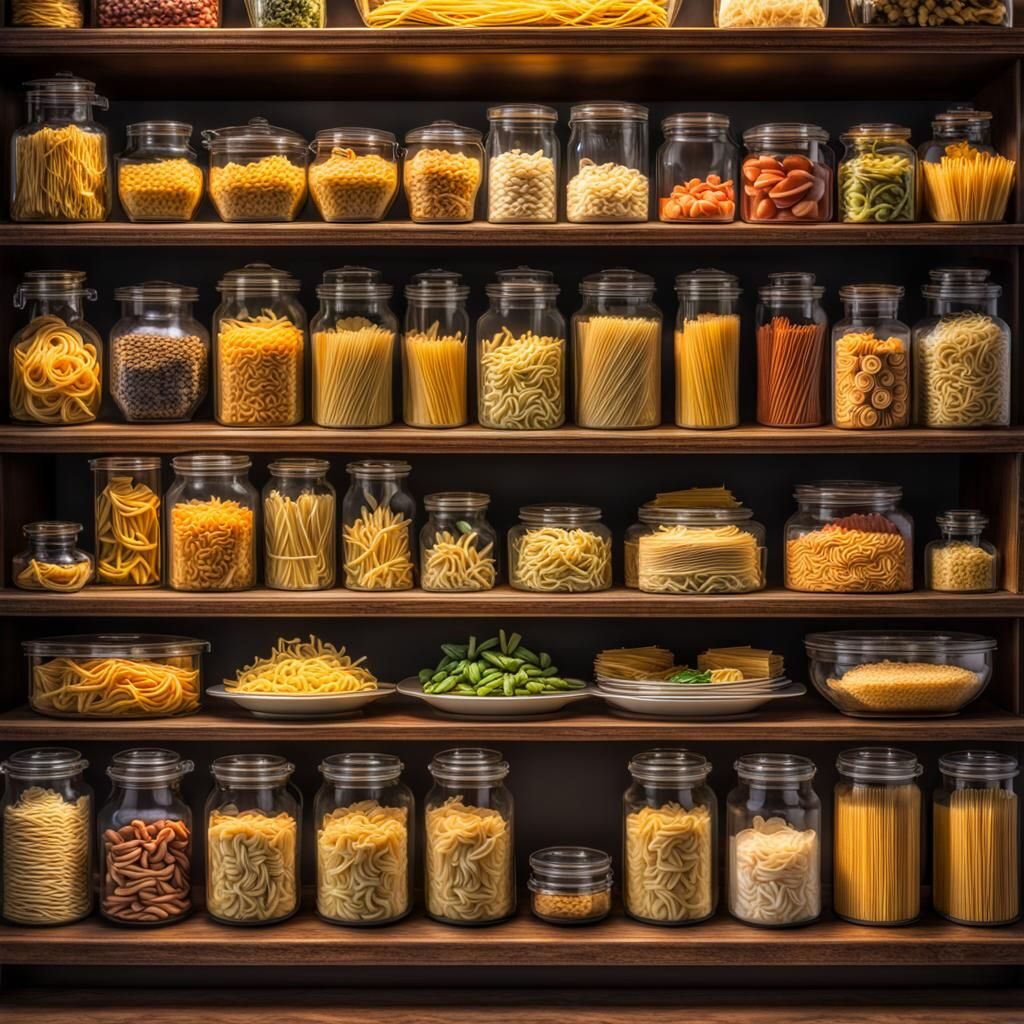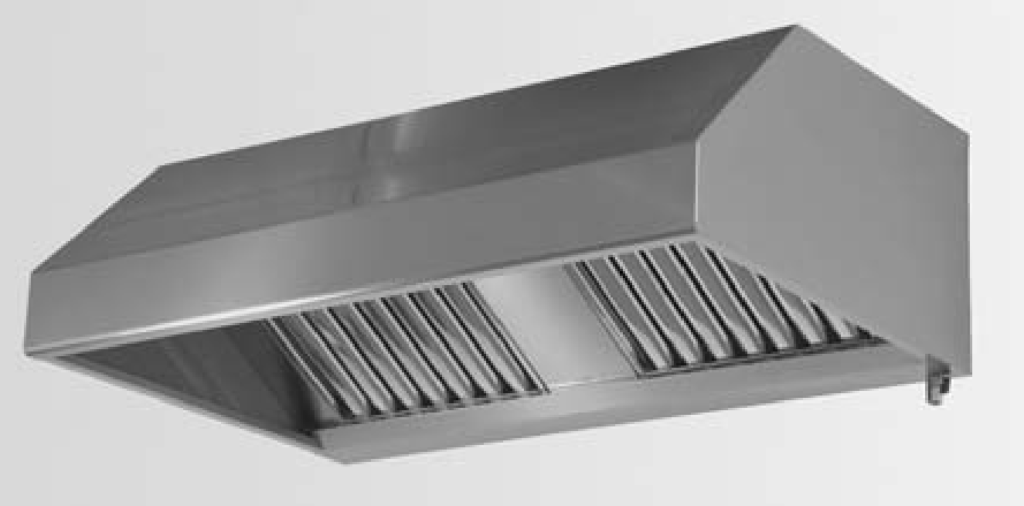What distinguishes a meat ideal for grilling from one that is more suitable for slow cooking?
Not everyone knows it, but the secret lies in the connective tissue and its main protein: collagen.
Connective tissue has the main function of nourishing, supporting and connecting the animal’s tissues and organs. It has a whitish and calloused appearance.
The more connective tissue there is in a piece of meat, the less suitable this will be for quick cooking. In fact, the connective tissue, if subjected to a significant thermal shock, will shrink. Doing so, it will become hard and not quite palatable; it will cause the liquids to come out, leaving then the piece of meat dry and… with a consistency similar to a shoe sole, so to speak.
On the other hand, in long low-temperature cooking technique such as braising or sous-vide, the connective tissue melts, turning into a kind of gelatin, and the meat will become softer.
It also has an emulsifying capacity: that is to say, it keeps water and fats mixed, preventing them from separating.
This will make the meat creamy and tasty, even in the absence of fat.
What better part for slow cooking then? Well, my favorite is the chuck tender, known in Italian as “priest’s hat”, because of its shape that recalls, for who knows what mystical pareidolia, well, a priest’s hat!
Now, whether you are a fan of long or short cooking, priest or layman, omnivorous or vegetarian… Inox Bim has the right type of equipment for your professional kitchen!

 Italiano
Italiano
